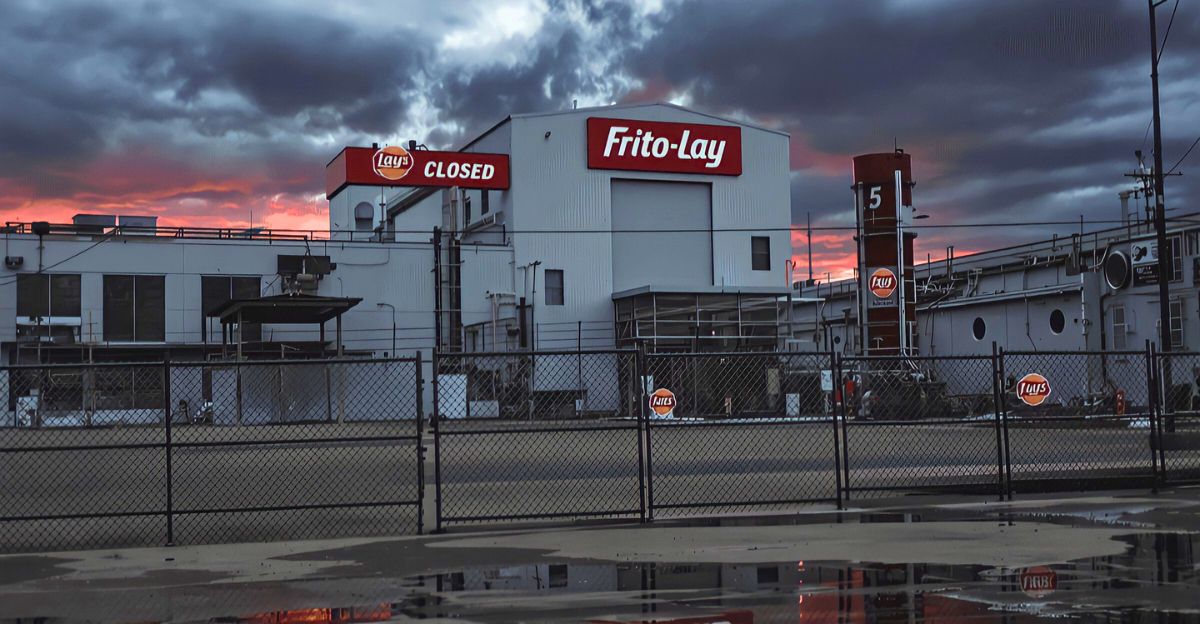
Imagine learning that a California Frito-Lay facility feeding millions of people and creating jobs for generations had suddenly closed. It’s a massive change for local families and the snack sector, not just a business headline.
But beyond the headlines is a more complex story: a consumer base that has suddenly become health-conscious, increased costs, and a decline in the demand for salty snacks.
The strategic arithmetic is as real as the human cost. Why would a behemoth company like PepsiCo make such a ruthless choice, and what does it mean for the future of American manufacturing
The Numbers Reveal A Decline In Demand
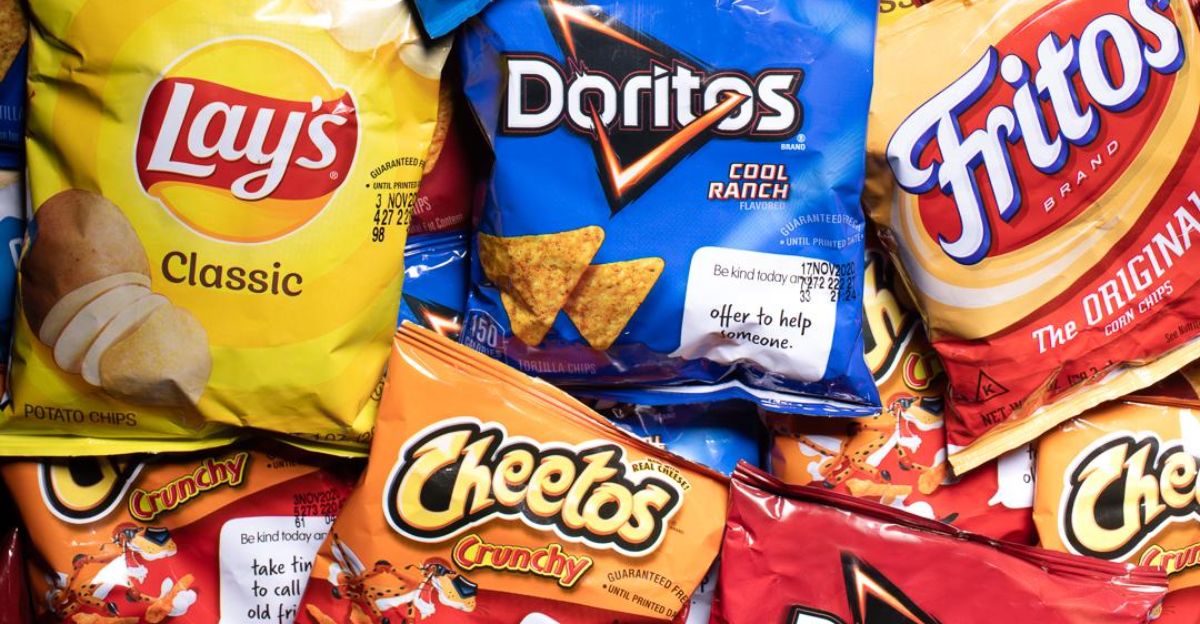
PepsiCo’s decision wasn’t random. After years of expansion, Frito-Lay snack sales in North America fell 3% in Q4 2024. Inflation and households with more debt-constrained budgets push consumers to purchase needs rather than indulgences.
The salty snack aisle, having been a pandemic pantry favorite, is underperforming compared to bigger packaged food categories. When math is against you, even legends are not immune. It’s not just one plant signifying a broader industry reckoning.
The Impact On People As Hundreds Are Left Hanging
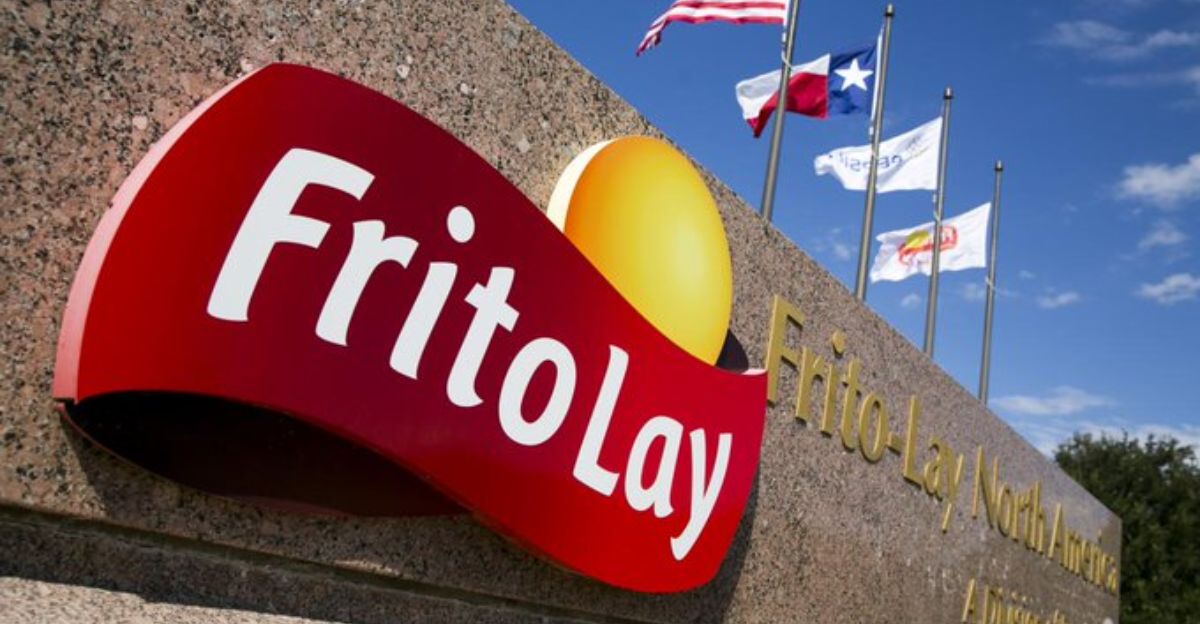
The Rancho Cucamonga closure left scores of employees uncertain, with no immediate path to new jobs at Frito-Lay. PepsiCo guaranteed the transition pay and benefits, but the abrupt nature surprised families.
The company’s failure to give accurate layoff figures or severance disclosures creates additional issues. The unexpected closure is shocking to an area that relies on blue-collar security, and the aftershocks will substantially affect local businesses and public services for decades.
A Pattern Emerges As This Incident Proves Not To Be Isolated
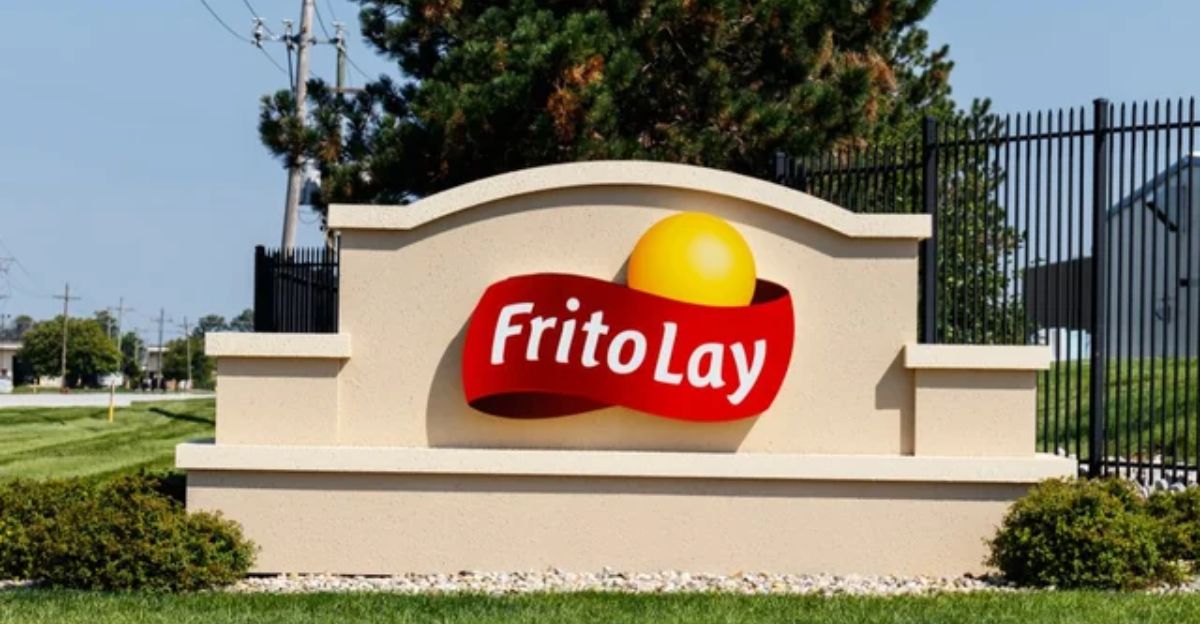
It is not the first overnight shutdown for PepsiCo. In early 2025, nearly 300 positions disappeared as the Liberty, New York, factory shut down. A Frito-Lay warehouse facility shut down shortly afterward, eliminating dozens more jobs.
The pattern is clear: PepsiCo is slimming down, cutting costs, and divesting from aging factories. The shift is widespread throughout an industry; major snack makers have increased plant shutdowns by 15% in the past 18 months, marking a fundamental transformation in American manufacturing.
Health Trends and Regulatory Pressures
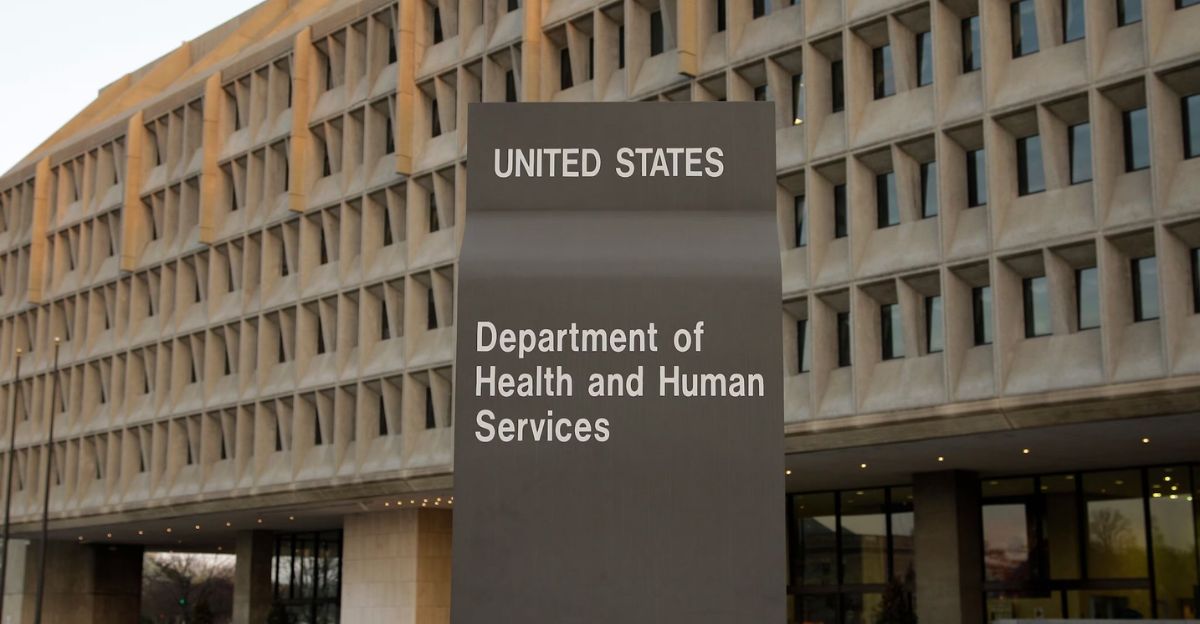
Consumers want healthier snacks, and regulators want to ban artificial additives. The U.S. Department of Health and Human Services is banning some additives, and PepsiCo better be prepared to keep up with these trends or they may lose sales.
The company is developing “better-for-you” snacks and high-protein brands, which render back-end plants optimized for classic chips redundant. The quick shutdown is partly about future-proofing as much as it is about this quarter’s bottom line.
Sustainability and the pep+ Agenda
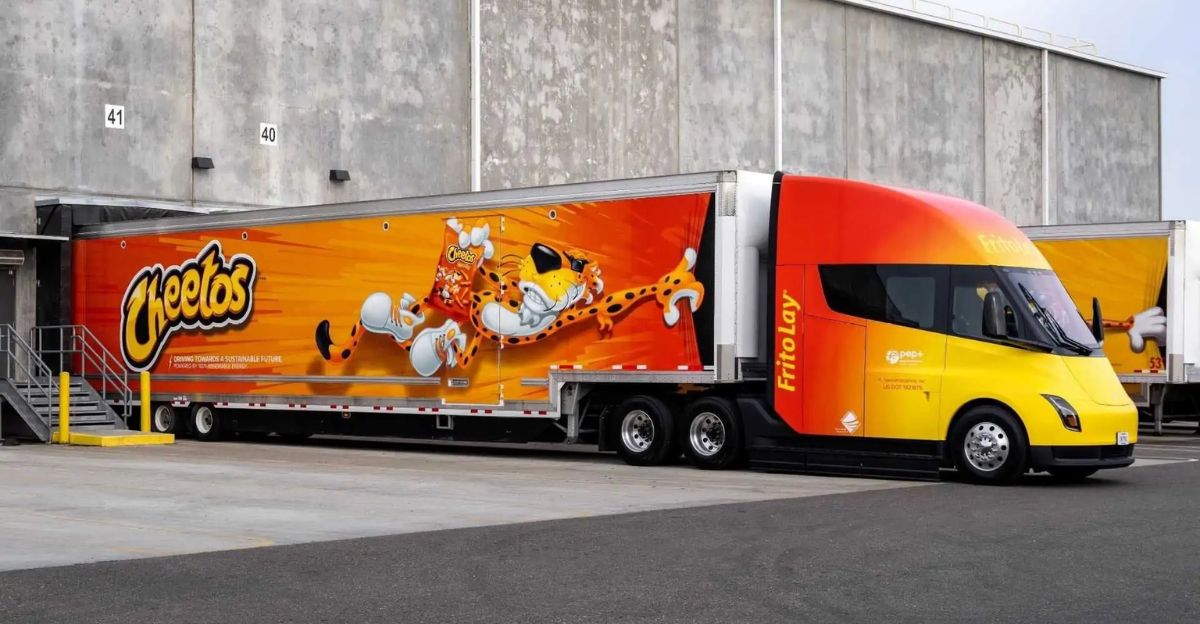
PepsiCo’s “pep+” vision is net-zero emissions by 2040 and 98% recyclable packaging by 2025. Old factories are energy hogs and are not compatible with aggressive sustainability ambitions.
Shutting down old factories enables PepsiCo to divert funds to green sites and modernize its supply chain. It isn’t greenwash, it’s a business necessity, with consumers and investors demanding green accountability.
Distribution Faces New Challenges As Logistics Become Tougher
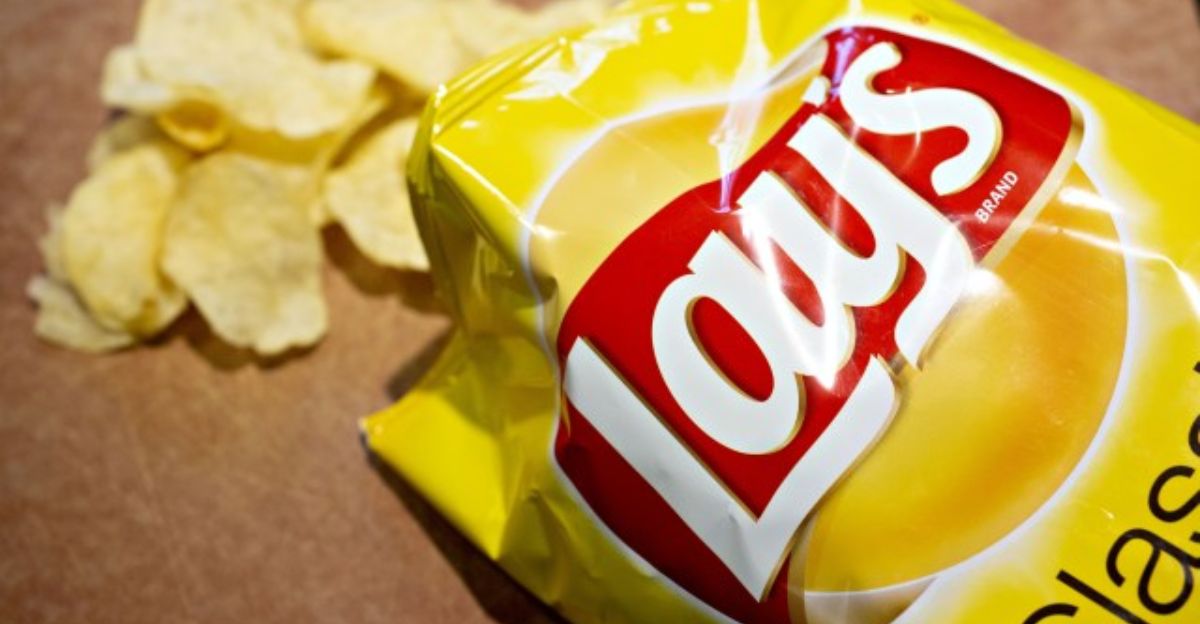
Closing a California plant forces PepsiCo to remake its distribution plan, virtually sure to increase transportation costs and threaten delivery punctuality.
While distribution and warehousing continue on-site, removing localized manufacturing might topple supply chains and erode market share unless flawlessly done. It’s a high-risk bet: cut production costs, but potentially lose the West Coast snack battle to more nimble competitors.
Wall Street’s Verdict—Short-Term Pain, Long-Term Gain?
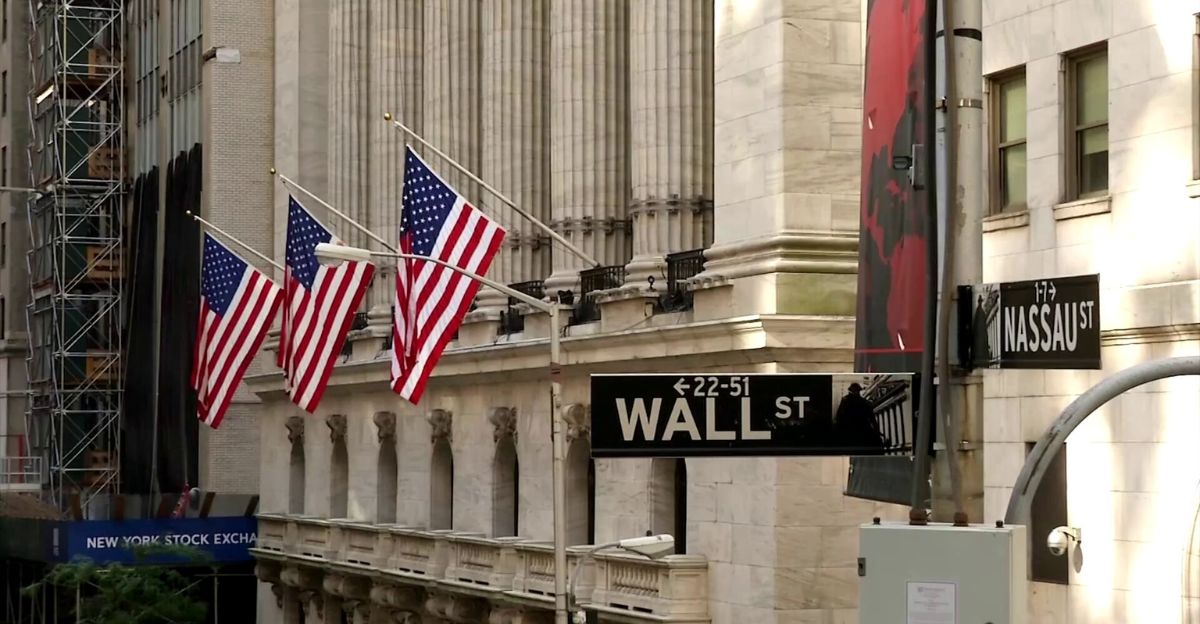
Investors are taking notice. PepsiCo’s Q1 2025 results, The Chain Reaction of Second-Order Effects, showed a 2% drop in North American net revenue and an 11% decline in Frito-Lay operating profit, primarily due to restructuring costs and lower volumes.
The market chastised the stock, but analysts see upside potential if PepsiCo can execute its transformation. The overnight shutdown is a message to Wall Street: PepsiCo will make hard choices to preserve margins and reposition for growth.
The Chain Reaction Of Second-Order Effects
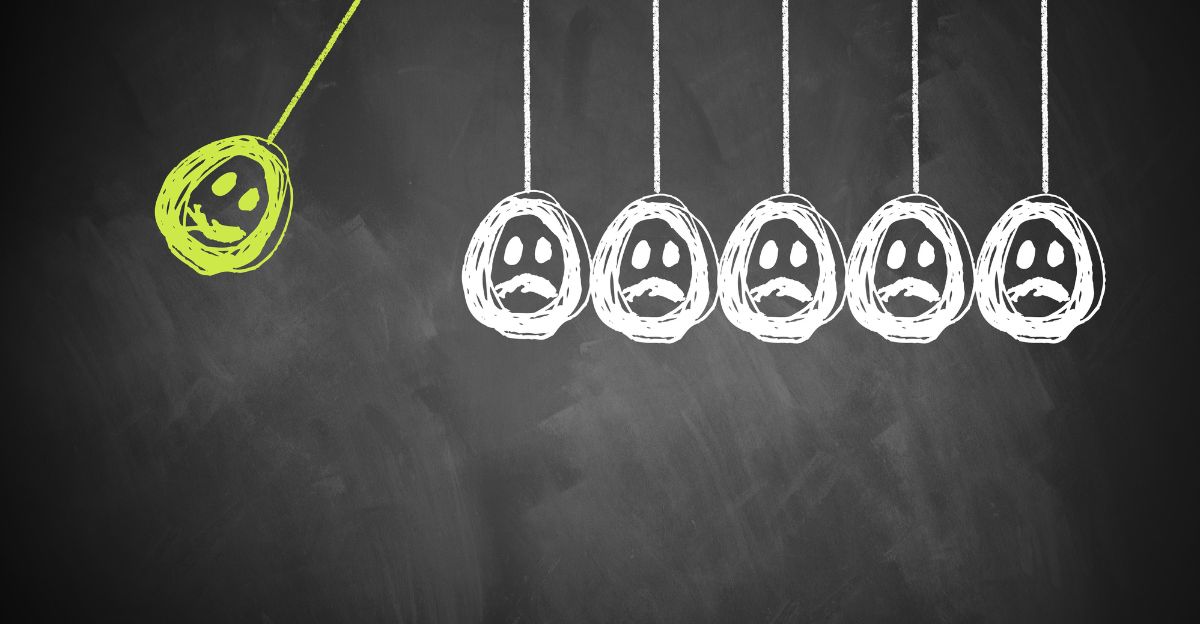
The closure will impact more than just the factory gates. Local suppliers, trucking firms, and small businesses that rely on the plant face the threat of extinction.
Unemployment surges propagate through society, taxing public services and decimating tax bases. As for the competitors, they might use the opportunity to poach market share or talent.
The sudden shift triggers a chain reaction, reconfiguring the business landscape far beyond Rancho Cucamonga.
The Future Demands Adaptation Or Consequences
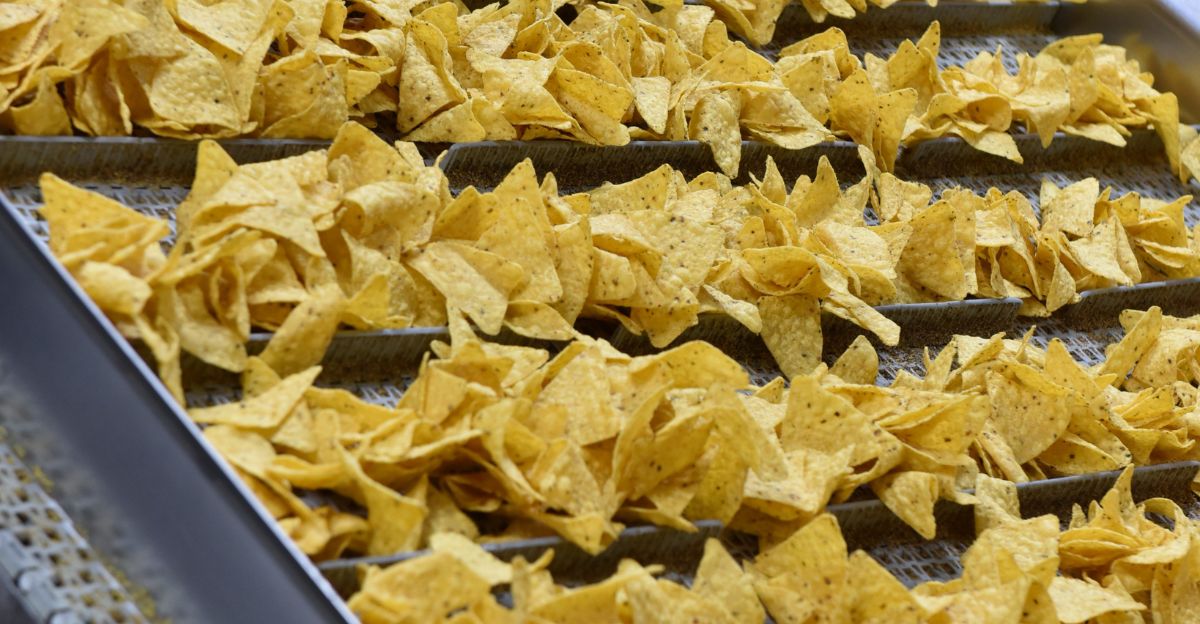
PepsiCo’s midnight closing of its Frito-Lay manufacturing operations in California should signal everyone that economic, social, and environmental pressures have finally reached the snack sector’s front door.
From now on, no one in the snack industry can hide behind historical, past thinking. Those who cling to what was (whether a company, a person, or a process) will be left behind.
The message is unmistakable: remake or die. For PepsiCo, the bet is that ruthless efficiency and a bold remake of itself will create its future in a world of change. For the rest of us, it is a reminder or warning, like it or not, change is heading our way.
Discover more trending stories and Follow us to keep inspiration flowing to your feed!

Craving more home and lifestyle inspiration? Hit Follow to keep the creativity flowing, and let us know your thoughts in the comments below!
